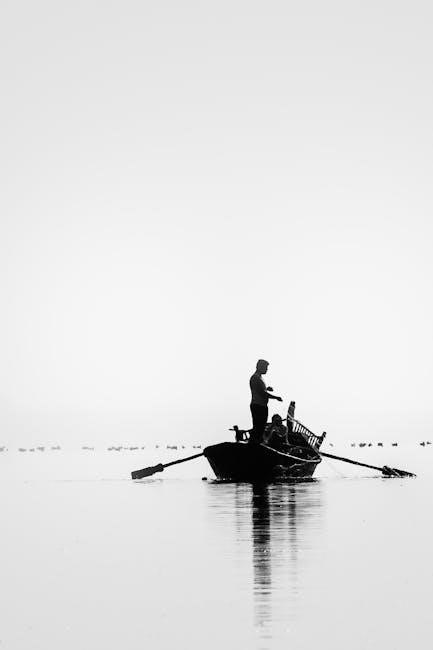
Fly Fishing White River Arkansas: A Comprehensive Guide
The White River in the Arkansas Ozarks is a world-famous fly fishing destination. This guide will equip you with the knowledge needed to tackle its waters, from understanding trout populations to fly selection. Expert tips on gear, prime locations, and techniques will be provided.
The White River in Arkansas stands as a premier destination for fly fishing enthusiasts. Known for its abundant trout population, including rainbow, brown, and cutthroat, the White River is a haven for anglers of all skill levels. Originating below Bull Shoals Dam, the river flows for approximately 100 miles, offering diverse fishing environments.
The tailwater effect, resulting from the dam’s presence, ensures stable cold water temperatures. This creates an ideal habitat for trout. The river’s diverse ecosystem supports impressive trout growth, with fish growing from 1/2 to 3/4 inch monthly; The White River is also home to the state record cutthroat trout.
Whether you’re a seasoned angler or a beginner, the White River provides an unparalleled fly fishing experience. Guided fly fishing trips are available for those seeking expert assistance. They offer casting tips and knowledge of the river’s hotspots. DIY adventures are also popular, with anglers exploring areas like Parker Bend. Embrace the thrill of the White River and create unforgettable memories on its waters.
Understanding the White River’s Trout Population
The White River’s trout population is primarily composed of rainbow, brown, brook and cutthroat trout. These species thrive due to the river’s cold, stable water temperatures. This is a result of the tailwater effect from Bull Shoals Dam. Understanding their behavior is essential for successful fly fishing.
Brown trout are known for their trophy size. They are often targeted during the winter months when they are in spawning mode. Rainbow trout, on the other hand, are more abundant and readily caught throughout the year. Cutthroat trout are less common but offer a unique angling experience.
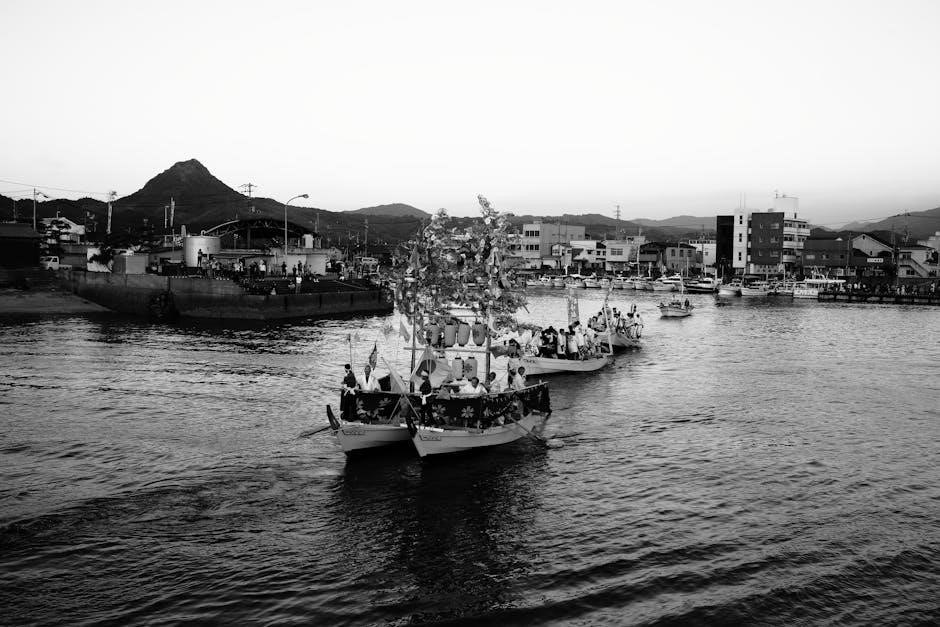
Factors influencing trout distribution include water flow, temperature, and available food sources. During low-flow conditions, trout concentrate in specific areas. During high water, they seek refuge in deeper pools and along the banks. By understanding these patterns, anglers can adapt their techniques and increase their chances of landing fish. The White River’s diverse trout population ensures a rewarding fly fishing experience for all.
Prime Locations for Fly Fishing on the White River
The White River offers numerous prime locations for fly fishing, each with unique characteristics. Starting near Cotter, Arkansas, anglers can find productive waters. The area around Bull Shoals-White River State Park is also popular due to its accessibility and diverse fishing opportunities.
Parker Bend is another hotspot, known for its potential to land trophy-sized trout. The shoals, characterized by limestone outcroppings and gravel riffles, provide excellent wade-fishing opportunities. Access points along the river offer varying degrees of seclusion and fishing pressure.
Consider factors like water flow, depth, and structure when selecting a location. Areas with submerged logs, rocks, and deep pools often hold larger fish. Tailwater sections below Bull Shoals Dam are known for their consistent water temperatures and abundant insect life. Exploring different sections of the river and adapting to changing conditions is key to finding your favorite honey hole. The White River’s diverse landscape ensures a rewarding fly fishing experience for anglers of all skill levels.
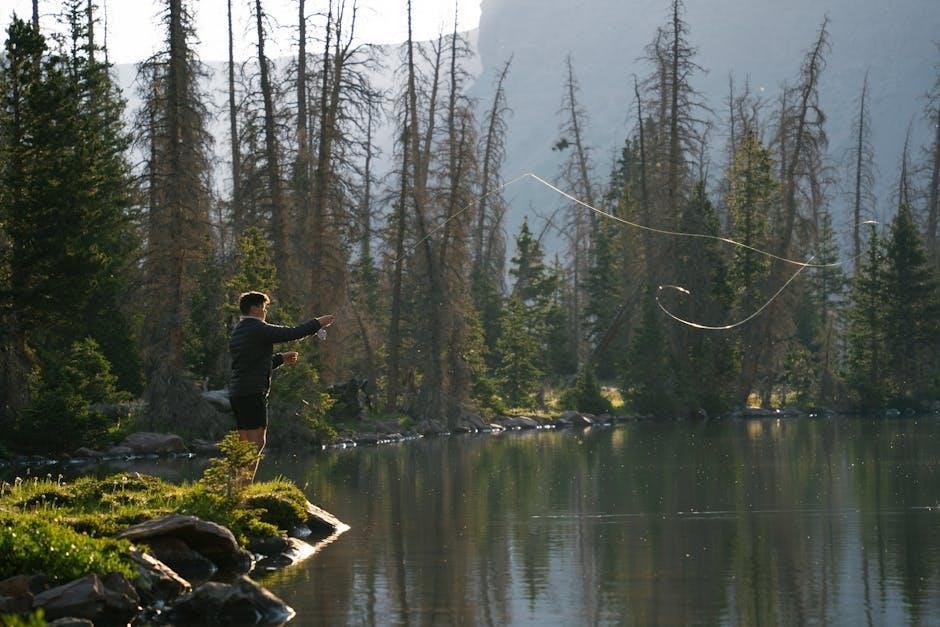
Essential Gear for Fly Fishing the White River
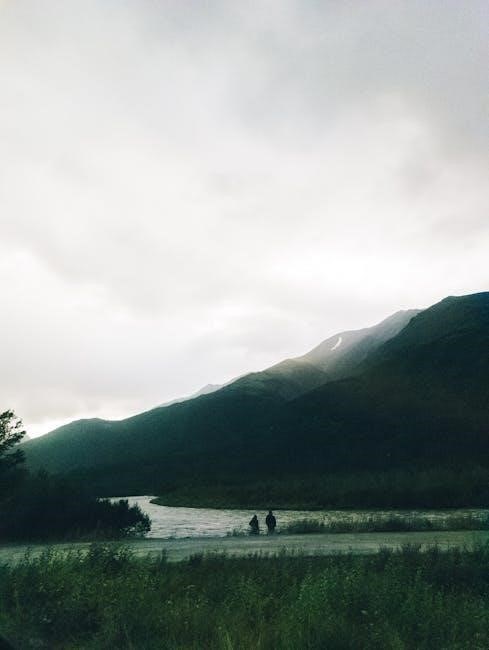
Equipping yourself with the right gear is crucial for a successful fly fishing trip on the White River. A 9-foot, 5 or 6 weight fly rod is a versatile choice for targeting both rainbow and brown trout. Matching this with a quality fly reel with a smooth drag system is essential for battling larger fish.
Fly line selection depends on the fishing conditions. A weight-forward floating line is a good starting point, but sinking or sink-tip lines may be necessary for deeper water or strong currents. Tapered leaders in sizes 3X to 6X are commonly used, with fluorocarbon tippet offering low visibility and abrasion resistance.
Waders are a must for accessing prime fishing spots, with breathable waders providing comfort in warmer months. Wading boots with felt or rubber soles offer traction on slippery rocks. Other essential gear includes a fly vest or pack to carry fly boxes, tools, and accessories, as well as polarized sunglasses to reduce glare and improve visibility. Don’t forget a net for landing fish and a camera to capture those memorable moments.
Fly Selection: Proven Patterns for the White River
Choosing the right flies is paramount for enticing the White River’s trout. Given that 90% of a trout’s diet is subsurface, nymph patterns are essential. Proven nymphs include Duracells, Carantenes, Walt’s Worms, Red Devils, and Hot Spot Frenchies, effective for imitating various aquatic insects. Bead-head nymphs are particularly useful for getting down to the fish quickly.
During caddis hatches, the Sunday Special stands out as a top pick, imitating the pupa stage effectively. Streamer patterns such as Woolly Buggers and sculpin imitations can be productive for targeting larger brown trout, especially when covering large expanses of water. Don’t hesitate to use articulated streamers like the Drunk and Disorderly or Circus Peanut for trophy-sized fish.
For dry fly fishing, match the hatch with mayfly and caddis patterns appropriate for the season. Terrestrial patterns like ants and hoppers can also be effective during the summer months. Keep an assortment of sizes and colors to adapt to changing conditions and trout preferences.
Fly Fishing Techniques for the White River
Mastering various fly fishing techniques is crucial for success on the White River. Nymphing is highly effective, especially with bead-head flies to reach deeper holding areas. Employ a dead-drift presentation, allowing the fly to drift naturally along the bottom. Use a strike indicator to detect subtle takes. Adjust sinker weight as water levels fluctuate to maintain proper depth.
Streamer fishing is productive for targeting larger trout. Cover water by casting across the current and stripping the streamer back with varying retrieves. Experiment with different streamer sizes and retrieve speeds to find what triggers strikes. For dry fly fishing, focus on matching the hatch. Present the fly with a drag-free drift, allowing it to float naturally.
When conditions are inadequate for wading, fly fishing from a boat can be highly productive. Maintain boat control by pointing upstream and drifting at the speed of the current. Adapt your strategies based on water conditions, and remember that knowledge of fish-holding areas is key.
Best Times to Fly Fish the White River
The best times to fly fish the White River generally span from early spring to late fall. During spring, the caddis and mayfly hatches are abundant. This provides excellent opportunities for dry fly fishing. As the weather warms, terrestrial patterns become effective. Summer offers consistent fishing, but be mindful of higher water levels.
Fall brings cooler temperatures and spawning activity, making it prime time to target trophy brown trout. Winter can also be productive, especially during late fall and early winter when giant brown trout are in spawning mode. However, be prepared for colder conditions. Keep an eye on water levels, as they can fluctuate due to dam operations.
Low-flow conditions concentrate fish, making them easier to locate and approach. High water can still produce fish with the proper techniques. Knowledge of fish-holding areas in various water conditions is key to success. Don’t skip the cold days, as big water often equals big fish.
Navigating Water Conditions on the White River
The White River is a tailwater fishery, meaning its water levels fluctuate based on releases from Bull Shoals Dam. Understanding these fluctuations is crucial for successful fly fishing. High water conditions require different strategies compared to low water. When the water is low, fish are more concentrated, making them easier to target.
However, high water can also produce fish if you know where to look. Focus on areas with slower currents and structure that provide refuge for trout. During high water, larger streamer patterns can be effective for attracting attention. Adjust your sinker weight as water levels rise and fall to ensure your bait is presented properly.
Be aware that each generator turned on at the dam can cause a significant rise in water level. Always check the generation schedule before heading out to fish. Knowledge of fish-holding areas in both high and low water conditions is key to your success on the White River;
DIY Fly Fishing vs. Guided Trips on the White River
Deciding between DIY fly fishing and a guided trip on the White River depends on your experience level and goals. DIY fly fishing offers a thrilling experience, especially when landing a catch under Bull Shoals. It allows you to explore at your own pace and test your skills. However, it requires significant knowledge of the river, including hotspots like Parker Bend.
Guided trips provide invaluable expertise. Guides possess in-depth knowledge of the river’s nuances, including current conditions and productive techniques. They can navigate the river safely and efficiently, putting you in the best position to catch fish. Guided trips are particularly beneficial for beginners.
Ultimately, the best choice depends on your personal preferences and resources. DIY fishing is more affordable but demands thorough preparation. A guided trip offers a higher chance of success and a more relaxed experience, but at a greater cost.
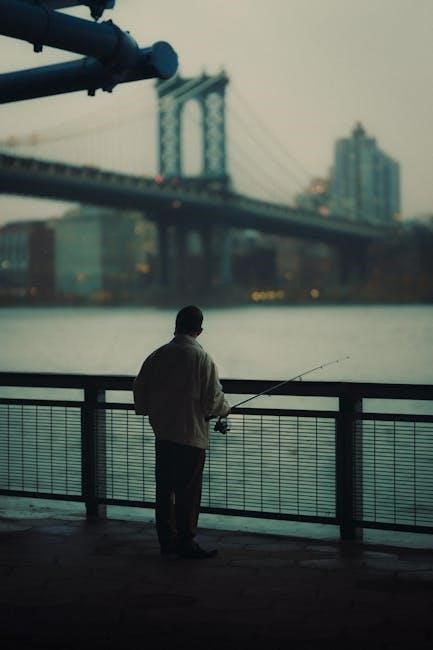
Choosing a White River Fly Fishing Guide
Selecting the right fly fishing guide on the White River can significantly impact your experience. Look for guides with extensive knowledge of the river, its currents, and fish behavior. A good guide should be adept at navigating the river, even under challenging conditions, ensuring both safety and access to prime fishing spots.
Consider guides who offer all-inclusive trips, providing gear and essential tips. Evaluate their communication skills and teaching ability. A patient and informative guide can enhance your understanding of fly fishing techniques, particularly for beginners.
Read reviews and testimonials from previous clients to gauge their reputation and level of service. Ensure they are licensed and insured, prioritizing your safety. Ultimately, the best guide aligns with your specific needs, whether you seek trophy brown trout or a relaxed family-oriented fishing experience.
Safety Considerations for Fly Fishing the White River
Fly fishing on the White River presents unique safety challenges. Be aware of fluctuating water levels due to dam operations. These changes can occur rapidly, posing a risk to waders and boaters. Always check the water release schedule before heading out.
Wear appropriate safety gear, including a personal flotation device (PFD), especially when fishing from a boat. Wading boots with good traction are essential for navigating slippery rocks and uneven riverbeds. Be cautious of strong currents and submerged obstacles.
Stay informed about weather conditions and be prepared for sudden changes. Avoid fishing during thunderstorms or periods of heavy rain. Carry a communication device and let someone know your fishing plans. Practice proper casting techniques to prevent injuries. Being mindful of these considerations ensures a safe and enjoyable experience.
Regulations and Licensing for Fishing the White River
Before casting a line into the White River, ensure you are compliant with Arkansas Game and Fish Commission regulations. A valid Arkansas fishing license is required for anglers 16 years of age and older. Familiarize yourself with specific regulations pertaining to the White River, including catch limits, size restrictions, and gear restrictions.
The White River has special catch-and-release areas designed to protect trout populations. Pay close attention to posted signage and adhere to these regulations. Certain sections of the river may have restrictions on the type of bait or lures allowed. Ensure you are using legal tackle to avoid fines.
Boating regulations also apply to the White River. If operating a boat, ensure it is properly registered and equipped with required safety equipment. Knowledge of these regulations and licensing requirements contributes to responsible angling and conservation efforts on the White River. Always check for updates before your trip.
Accommodations and Amenities near the White River
The White River region offers a diverse range of accommodations, catering to every angler’s preference and budget. From cozy riverside cabins and lodges to hotels in nearby towns like Cotter and Mountain Home, lodging options abound. Many accommodations cater specifically to anglers, offering amenities such as boat parking, tackle storage, and fish cleaning stations.
Beyond lodging, the area provides essential amenities to enhance your fly fishing trip. Restaurants serving hearty meals, local fly shops offering gear and advice, and grocery stores for stocking up on supplies are readily available. Guided fishing services are also a popular option, providing expert knowledge of the river and its trout.
Consider exploring nearby attractions during your downtime, such as Bull Shoals-White River State Park, offering recreational activities and scenic views. With a combination of comfortable accommodations and convenient amenities, planning your White River fly fishing adventure is made easy. Ensure you book in advance, especially during peak seasons.